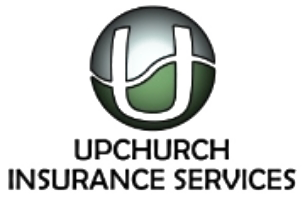Know Before You Go
Advertising for prescription drugs has skyrocketed in recent years, promoting new brand-name drugs that treat almost every ailment known to man. It's no secret that the pharmaceutical industry is BIG business, and drug companies spend big money to get new medications out to the masses in several different ways - one method is through the media and another method is through coupons and rebates.
To entice consumers to purchase or switch to a particular medication, drug manufacturers will often offer coupons. However, many people don't realize that offering these coupons to consumers who are on federal drug programs such as Medicare or Medicaid is actually illegal.
The federal law; "The Anti-Kickback Statute" makes it a 'criminal offense to knowingly and willfully offer, pay, solicit or receive any remuneration to induce or reward the referral or generation of business reimbursable by any Federal health care program."
In other words, using a coupon to purchase a prescription drug in conjunction with a Medicare Part D Plan is not allowed. There are safeguards in place, as most of the coupons do state (in very small print) that they are not to be used by Federal program beneficiaries, and many knowledgeable pharmacy employees will not allow you to use them if you are also using your Part D plan.
A protection provided by the anti-kickback statute is that it might derail physicians from prescribing and Medicare beneficiaries from choosing brand-name drugs over lower priced generic drugs just because there is a coupon available. However, Medicare members often feel like they are punished for having a Part D Plan when they are unable to take a generic medication.
Options Available when Your Copayments Cost too Much
There are a few options available to those who are on brand-name drugs and are being charged high copayments.
1. Patient Assistance Programs (PAPs) - These are programs created by the pharmaceutical companies to provide free or discounted medicines to people who cannot afford them. Each program has its own qualifying criteria. To find out if a medicine that you are on has a PAP; call your Medicare Insurance agent (Upchurch Insurance Services), doctor's office or pharmacist to see if they can assist you.
2. Generic drugs come on the market daily! Be sure to check with your doctor OFTEN to see if any of your medications have a lower-cost alternative available.
3. Extra Help for Prescription Drugs is a program provided through the Social Security Administration for those who meet certain income and resource requirements. Applications can be completed online at ssa.gov, by phone (800-772-1213), or in person at your local Social Security office.
4. Do not use your Medicare Part D Plan for medications that can be purchased much cheaper through the use of coupons, rebates or pharmacy discount plans. Although, an important note to make: Any medication purchased without your Medicare Part D Plan will not count towards your deductible, coverage gap or catastrophic gap coverage.


